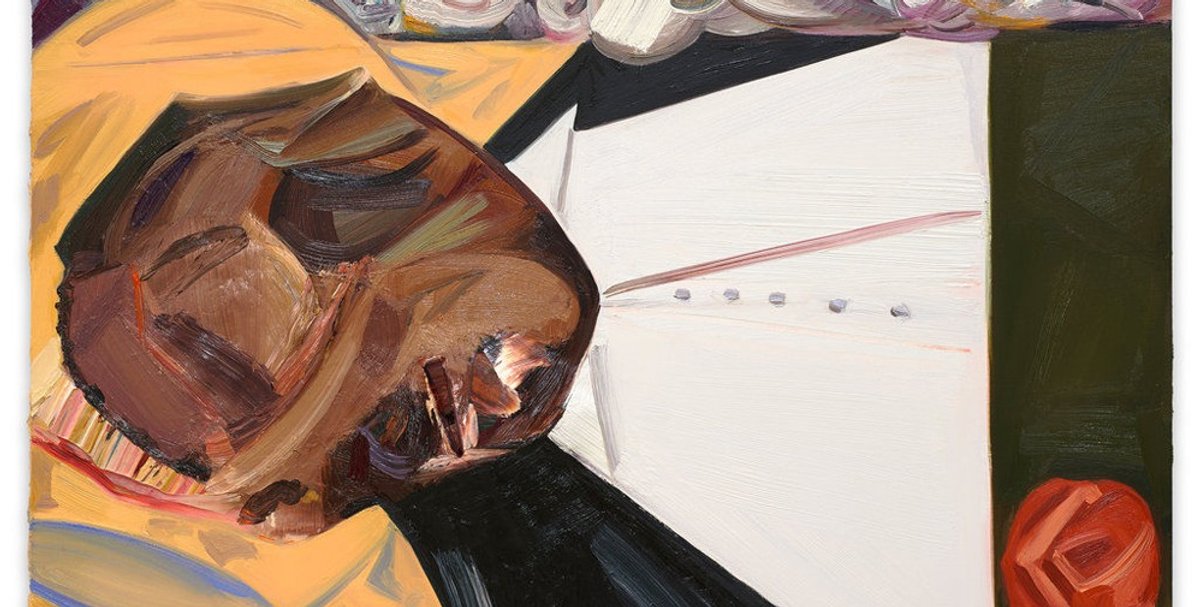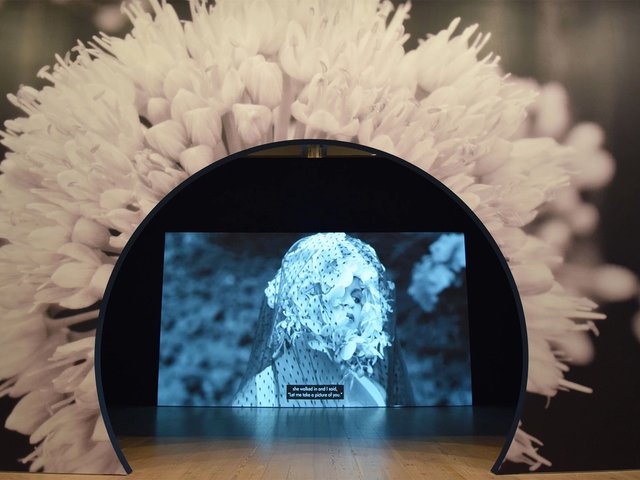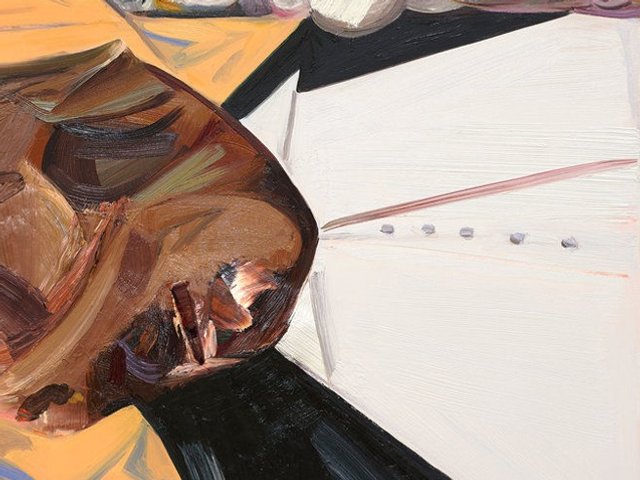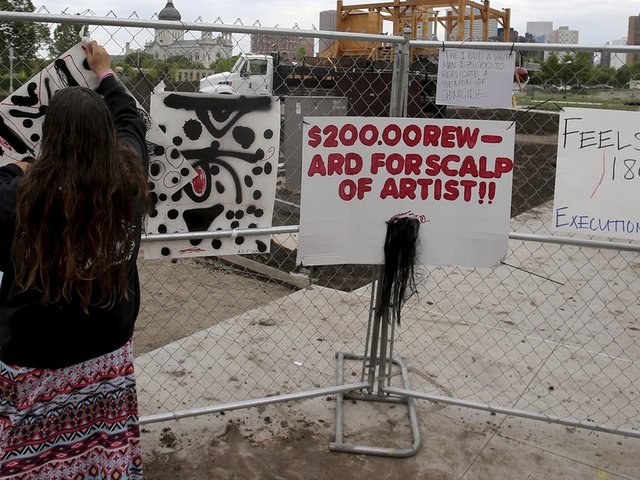There are three paintings by Dana Schutz in the 2017 Whitney Biennial, but two of them capture the contention that has sprung up around the exhibition. The first, titled Open Casket, is a George Grosz-style expressionist likeness of the disfigured body of Emmett Till—a 14 year-old child who became a Civil Rights Era martyr after he was killed and mutilated by two men in Money, Mississippi in 1955.

The second painting, titled Elevator—besides depicting an eye-gouging brawl in a lift—perfectly describes the kind of old and new (read social) media ruckus that has kicked off inside the nominally liberal American art world over the display of Open Casket. Epochally confused, intellectually obscure and morally relativistic, the controversy has quickly tumbled from a legitimate discussion of “cultural appropriation” into calls for censorship and the Isis-like destruction of art. It reached its nadir with a widely circulated photograph of Schutz with the words “BURN THIS SHIT, BITCH” imposed on top of it.
On the Biennial’s opening day, several protesters, including the African-American artist Parker Bright, blocked “Open Casket” from public view. Another black artist, the British-born, Berlin-based Hannah Black, circulated an open letter calling for the painting to be “destroyed and not entered into any market or museum” on the grounds that, because the artist is a white woman, “the subject matter is not Schutz’s.”
“White free speech and white creative freedom have been founded on the constraint of others, and are not natural rights,” Black wrote in the letter. “The painting must go.” Bright, meanwhile, wore a shirt with the words “Black Death Spectacle” to his own outraged act of censorship. “I feel like she doesn’t have the privilege to speak for black people as a whole or for Emmett Till’s family,” he said about Schutz on Facebook Live. Neither Bright nor Black questioned whether they had the right or moral standing to speak for Till or his long-suffering family.
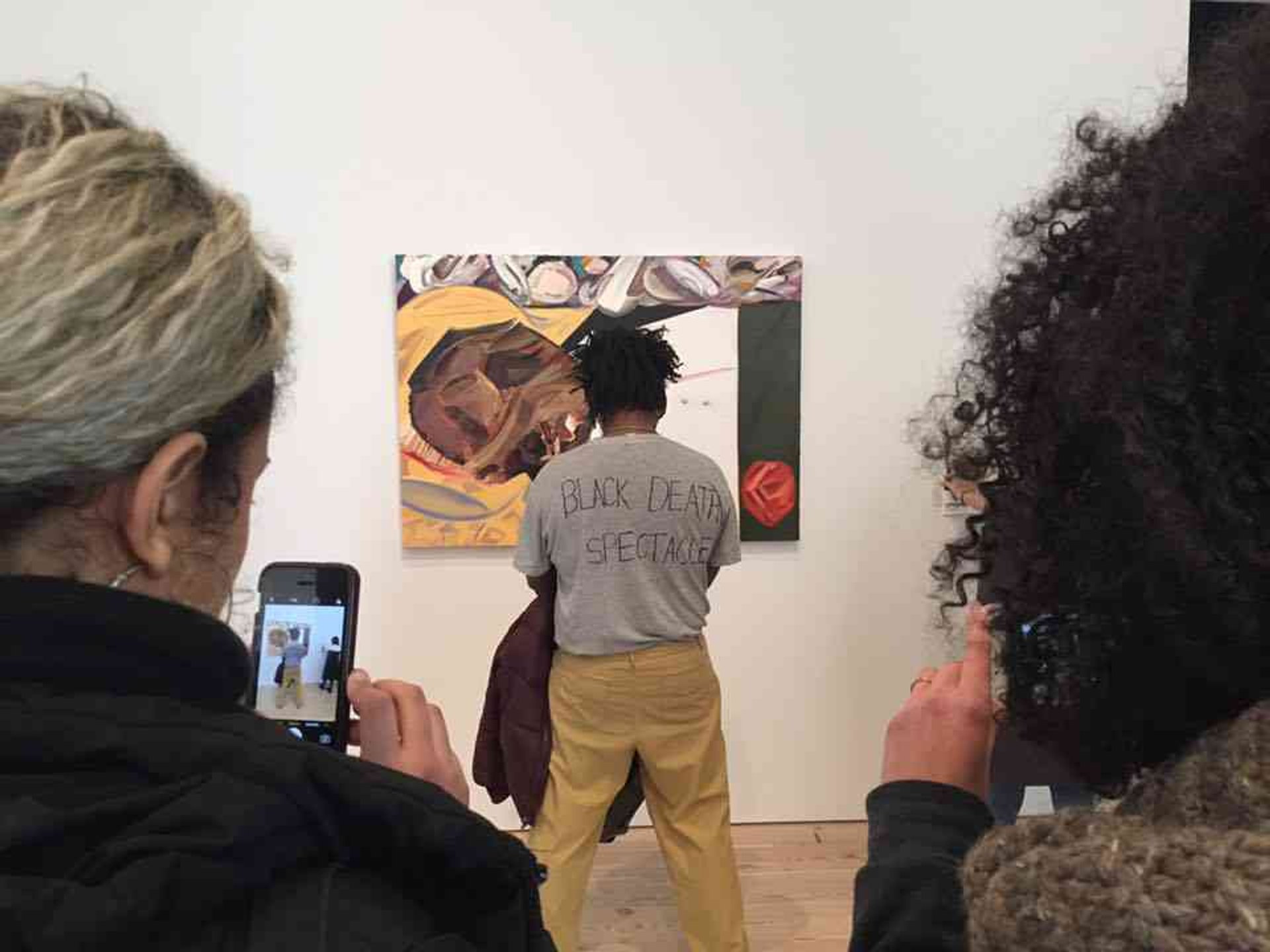
Leaving aside reports that Black’s petition was scrubbed of non-black signatories before it was taken down, it has quickly become clear that many of the opponents of “Open Casket” have effectively flipped the script on both the painting and the biennial by fundamentally making themselves the principal focus of the exhibition. That jujitsu move, in turn, has now landed them squarely in "be careful what you wish for" territory.
Stripped bare of arty jargon (Black attended the Whitney Independent Study Program and is clearly prone to a crudely puritanical version of identity politics) the iconoclastic demands voiced by the petition’s author and supporters neatly mirror the new global xenophobia. Put in the frame of #MAGA and Brexit: the European ethnocultural preservationists of the Right meet the identity politics Savonarolas of the Left.
Many members of today’s art world, and American liberals in general, may not be used to defending free speech or opposing censorship from their own tribe. As this case and others demonstrate, they’d better get to protecting. There can be no caveats when it comes to opposing the banning or the destruction of art. And the values of democratic openness and free expression must be fought for vigorously when facing attacks from the Right or the (putative) Left.


